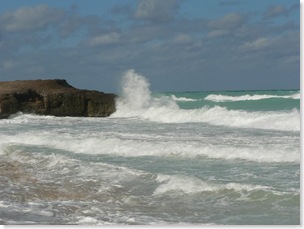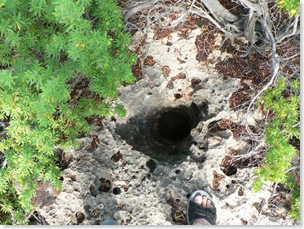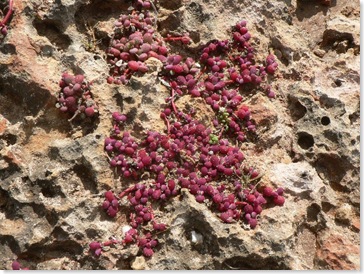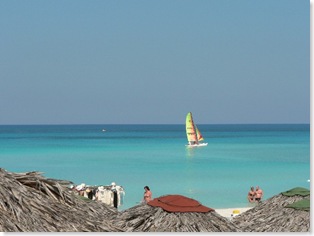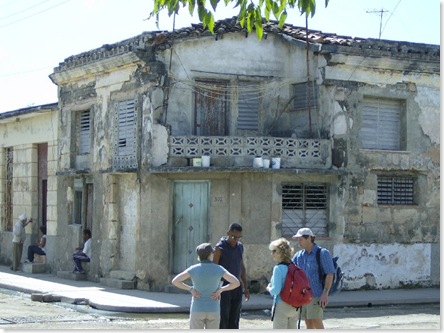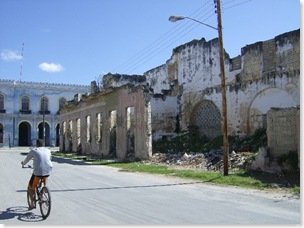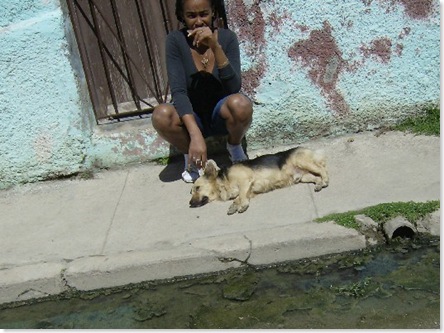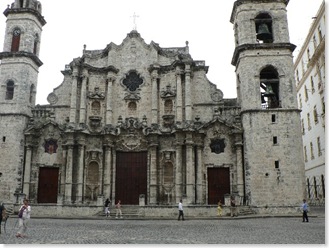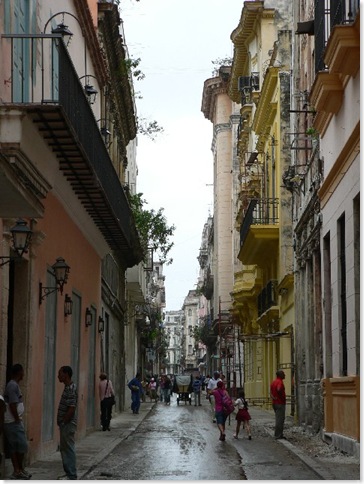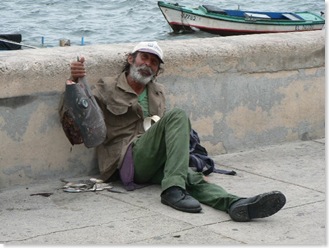My mother isn’t a feminist. She was born a few years after women were given the right to vote, that is, when women became “legally human.” (Check out this timeline.) Her role as a woman was pretty much mapped out for her. Not that I’ve ever heard her complain. But sometimes I wonder…
She is, as we all are, a product of her time and place; but her “place” was primarily given to her from the point of view of the church.
It has been the church that has roped off and relegated women to a lesser realm. (Catholic and many Evangelical churches are still examples.) And it has been government and secular agencies that have progressed towards gender equality. But primarily because they were pushed by women who refused to be content, who risked being vilified often and misunderstood constantly. Women who were seen as anti-Christian even when they followed the Gospel.
Has the church and its leaders (mea culpa) ever lead the way? Why, when the sometime chauvinist Apostle Paul, had the foresight to see the direction of things? (“There is neither male nor female…but all are one in Christ.” Of course here most pastors gave us to understand that this was an eschatological utterance, having nothing to do with the then and there and here and now.)
And why has the church so little egalitarian traction when we have an exemplar par excellence who modeled this basic understanding? Here’s Dorothy Sayers’ thought: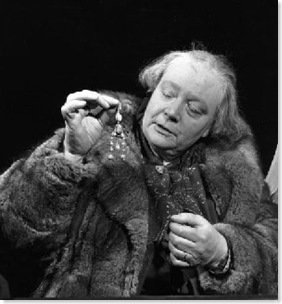
Perhaps it is no wonder that the women were first at the cradle and last at the cross. They had never known a man like this Man- there never has been another. A prophet and teacher who never nagged at them, never flattered or coaxed or patronized; who never made arch jokes about them, never treated them as “’The women, God help us!’ or ‘The ladies, God bless them!’; who rebuked without querulousness and praised without condescension; who took their questions and arguments seriously; who never mapped out their sphere for them, never urged them to be feminine or jeered at them for being female; who had no axe to grind and no uneasy male dignity to defend; who took them as he found them and was completely unselfconscious… Nobody could possibly guess from the words and deeds of Jesus that there was anything ‘funny’ about women’s nature.”
But in spite of the ambivalence in fundamentalist churches, sphere mapping for women is inevitably breaking down. I’m taking the liberty of sharing a quote from a recent email I received. “There is such a wave of strength in the collective conscious of the women around me lately. We’re realizing that we don’t need permission from the men in our church to lead. We refuse to be treated as second-class children of God. It’s amazing how the awakening is rippling out—the more I talk to women, the more I hear the same voices. We will use our gifts! We will be who God made us!”

